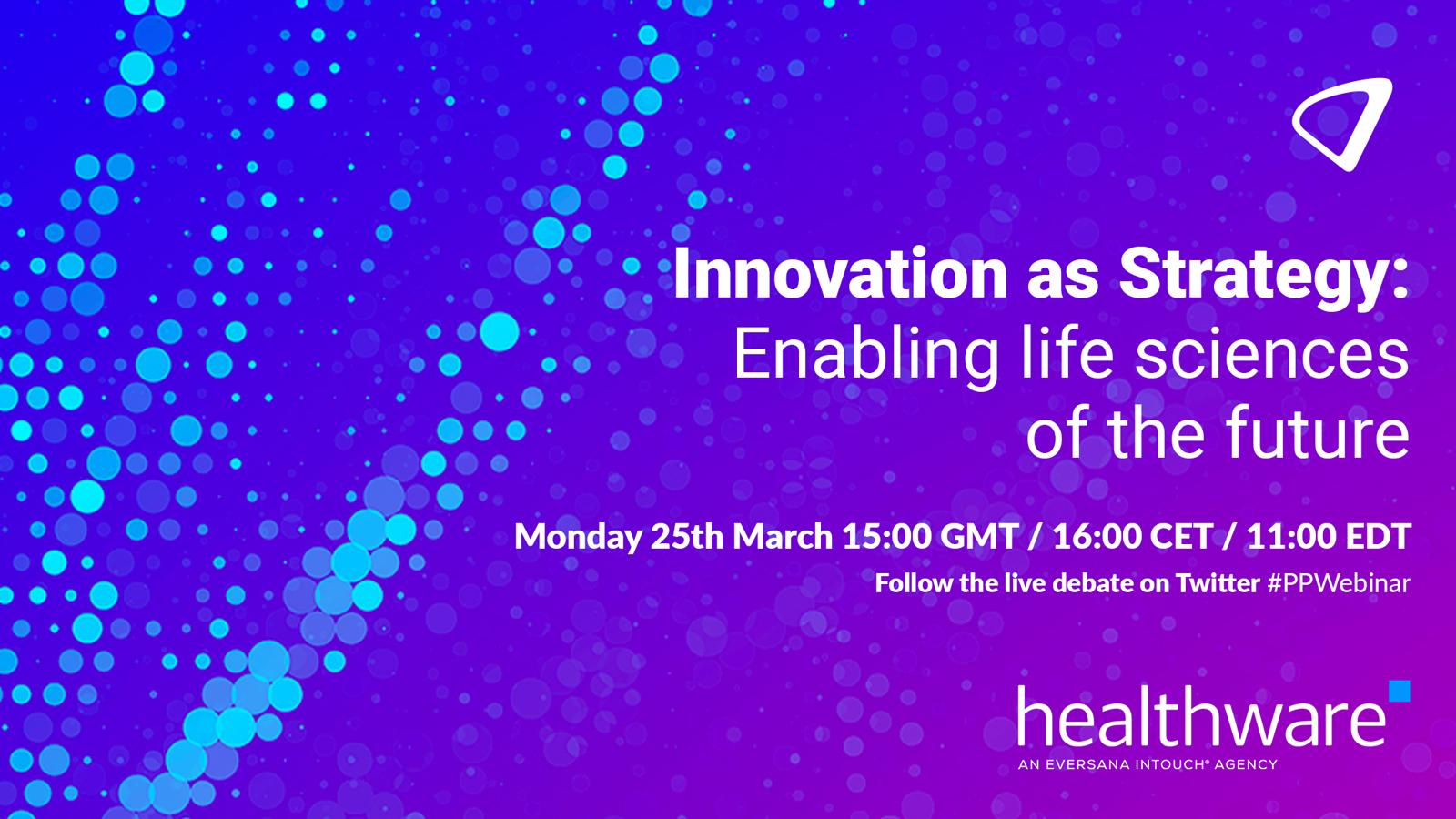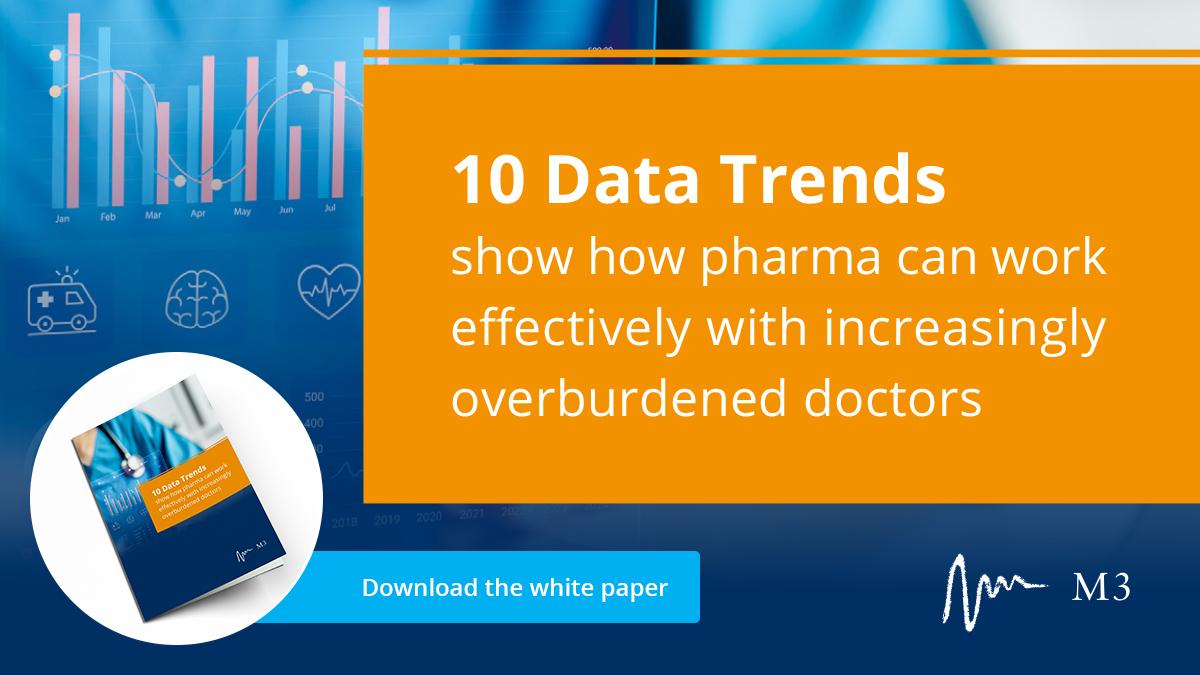eyeforpharma Patient Summit Europe roundup

eyeforpharma's Patient Summit Europe brought together leading patient innovators from industry and patient associations for two days of sharing, learning and a healthy dose of challenging.
With about 250 registrants, it was a small but significant group of committed and enthusiastic patient leaders who covered every patient-centric topic possible, from trials to technology, end-points to experience, and more. As one speaker put it, when the whole industry becomes truly patient-centric, we won't need events like this. So how far along the journey are we, and what will it take to get there?
From a cultural change perspective, partnership was the big theme. Servier's chief patient officer Lode Dewulf proposed that just as the human ability to scale and adapt the way we collaborate has been the determining factor in our dominance as a species, collaboration will be critical for the industry to become truly patient-centric. But developing a more collaborative mindset would mean learning to relinquish control, he said. As Catalina Cernica from LEO Innovation Lab summarised in her presentation, "If we consider patient centricity as a source for competitive advantage, we won't progress. We have to see patient centricity as a platform for collaborative advancement.”
How are those pioneering patient centricity driving change across their organisations, and are they always getting the support they need?
CSL Behring's Metani Rooms said that her company is asking patients what can be done better and taking the answers to employees all over the world. "The more challenging and uncomfortable the conversations we are having, the more we are learning," she said. Her team has developed a comprehensive knowledge-sharing platform to train employees, and support comes from the very top.
Oliver Gassner, Bayer
Technology as an enabler
Leveraging tech is still seen as a priority, but speakers were discerning about its use. Oliver Gassner from Bayer asked, "Technology is said to make healthcare more patient centric – but is that really the case?" He argued that patients don't want the authority of the doctor replaced and that technology should aid decision making and support at home follow-up. He emphasised the role of social and behavourial factors as determinants of outcomes, and that these should be the drivers.
Along similar lines, the team from IQVIA advocated for digital solutions to be integrated with existing care models. With more than three hundred thousand health apps and the same number of consumer wearable devices available, it can be difficult for patients to know where to go, although the evidence showed a much higher level of engagement when a physician makes a recommendation. They proposed that the rigour that comes with traditional product development be applied to new apps and technologies.
One area where technology is having a positive impact and showing great potential is in clinical trials. Alastair MacDonald from Syneos Health shared his insights on how technology can create a more rewarding experience for patients on clinical trials. More companies, he said, are investing in E-clinical platforms which go beyond the traditional site setting and take the study to the patient. This minimises the study burden for patients and reduces drop out. According to MacDonald, virtual assistants like Alexa and chatbots are receiving positive feedback from patients when deployed in clinical trials appropriately. But he warned the audience not to expect technology to reduce the costs of virtual trials.
Involving patients in trial design
Jenny Ainsworth from Liverpool’s Alder Hey Children's Hospital, who runs parent and young people's advisory groups that have inputted into protocol design, advised the industry on engaging more proactively with patients. "You need to go out to them. Parents wouldn't think twice about knocking on the hospital door.”
But do payers care about end-points that are meaningful to patients? Ian Banks, chair of ECCO said, "Patients don't want to live forever, the want normality,” he said. “But most research is based on longevity.” So how much do the payers take the patient's perspective into account?
On day 2, NICE was represented by Mark Rasburn, who emphasised the organisation's commitment towards greater patient involvement. NICE includes two Lay Members on each committee and has fifty committees running at any one time. David Chandler, a NICE Lay Member, said that his experience had been very positive, "NICE is very fair and bends over backwards for as much information to be included," he said.
Designing trials that reduce burden and improve outcomes that patients care about is one thing, but one of the biggest challenges is enrolment. Yet, according to the International Kidney Cancer Coalition’s (IKCC) Rachael Giles, patients want more information about them and want to get involved. Commenting on its first patient survey involving 2000 people across 43 countries, she said that "70% of patients said they were not asked to participate in a clinical trial. Of those, 89% said it was fairly likely that they would have participated if asked."
Data ownership and access
As expected, data was a hot topic. Helen Matthews from The Cure Parkinson's Trust said, "patients want to know that their data is being used to change things, they want to have access to their data and make their own decisions about which research it should support."
Janssen's Caroline Feys supported the view that patients want their data back with the context around it, including the overall study results. They are interested in how they are doing in relation to everyone else, she said. In her experience, patients understand that they cannot get all the data if the integrity of the study is to be maintained. She proposed that patients should be able to opt-out of receiving data if that's the right choice for them.
All patients are not the same
According to the patient-centricity model, it all begins with patient insights, but variability within patient populations needs to be considered. "For those with chronic diseases, cure means different things to different people dependent on where they are in their own journey,” said Helen Matthews. “If newly diagnosed, it is never having received that diagnosis, if diagnosed for a few years, it is halting the disease at that point or reversing the disease progression, but if you have been living with the condition for a long time, the focus changes to ensuring no one else needs to endure the disease.”
Sarah Krug from CANCER 101 wanted to ensure that the broader patient population is addressed too. "The person walking down the street may not have been in touch with a patient advocacy group. How do we bring him or her into the conversation?" she asked. The need to tailor patient education from a cultural perspective, both across and within countries was emphasised and educating physicians to be aware of resources as much as treatments that can help.
Patients were the focus, but caregivers were not forgotten. Air Liquide's Catherine Billoett shared her company's research in collaboration with the European Parkinson's Disease Association (EPDA), on the challenges facing caregivers of people living with Parkinson's disease. The study design was informed by patients and their families and the outcome will be to create efficient home care solutions that support patients by helping their caregivers – a great example of co-design – bringing the people that matter into the development of solutions at the beginning.
When patients are unwilling to wait
What happens when patients think the industry isn't moving fast enough? In the case of the #wearenotwaiting diabetes community, represented by Tim Street, its unwillingness to wait for the industry led to the creation of Nightscout, a remote glucose monitoring tool, allowing a father to monitor his son's data during school hours. This was followed by the Open Artificial Pancreas System project, which is supported by a growing diabetes community. How far is this from becoming a reality in pharma? Paul Simms from eyeforpharma predicted that "regulation won't stop patient-centred medicine”. In a world where the old rules are being broken, Paul may have a point.
A Summit on patient-centricity wouldn't be complete without measurement and we were not disappointed. Theresa Finlay from PARADIGM, an EU-wide Innovative Medicines Initiative project on sustainable patient involvement across the cycle of medicines development, recognised the challenge to convince others on the return on engagement, advising that "It's important to consider value, not just what is easy to measure, be practical and usable and balance the qualitative with the quantitative." PARADIGM will be launching its interactive online framework tool in June 2020.
The conference provided some inspiring lessons – work together, listen more, try new things, learn and share. If you haven't started the journey or – as one audience member called it – the adventure, then Catalina Cernica's message is a good one to take back to HQ: "Start small, have an ambition and a big vision. It's a long-term commitment for the whole industry."
About the author
Sarbjit Kunar is founder and healthcare communications consultant at Infinity Communications












